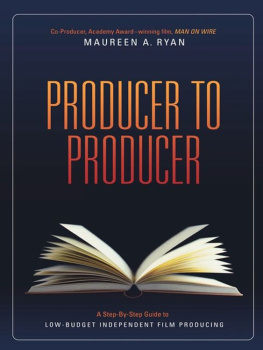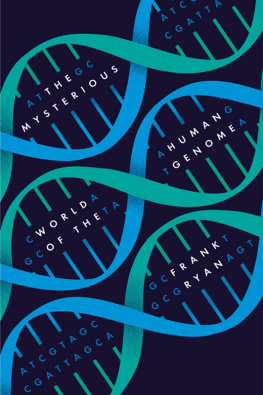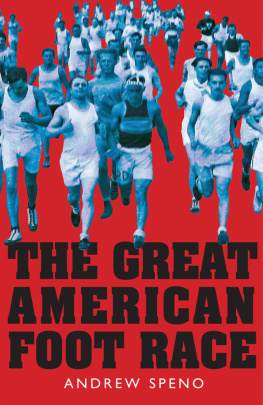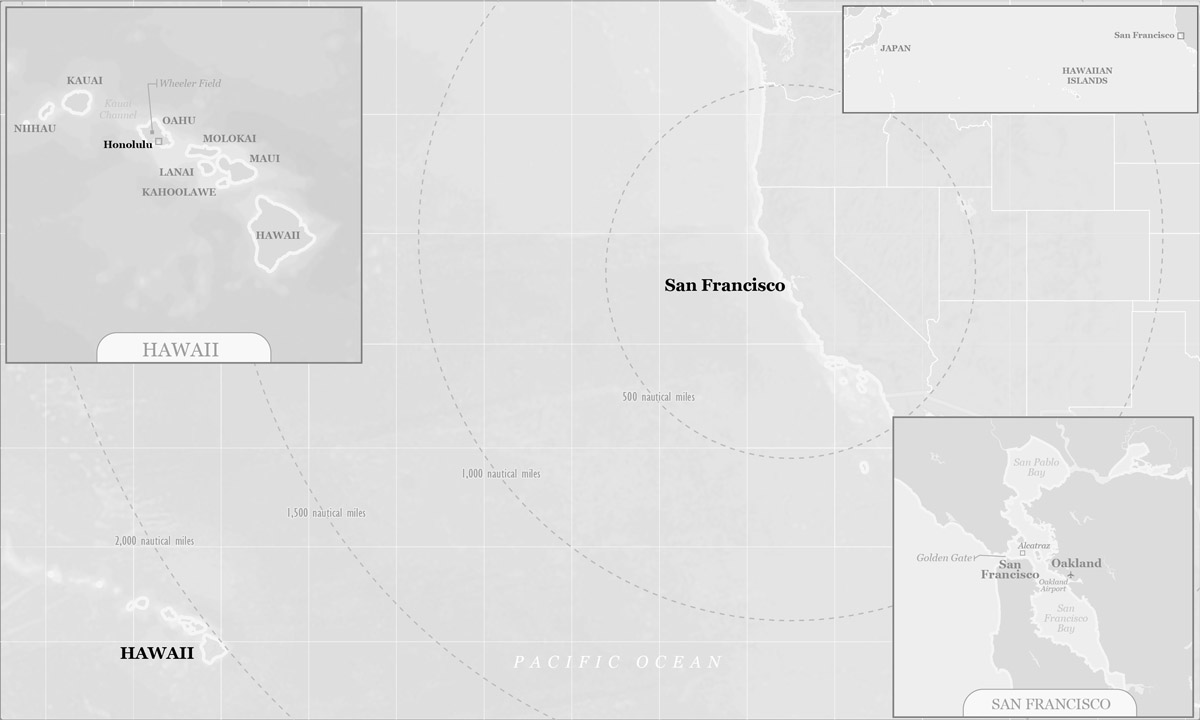Names: Ryan, Jason (Journalist), author.
Title: Race to Hawaii : the 1927 Dole Air Derby and the thrilling first flights
that opened the Pacific / Jason Ryan.
Description: Chicago, Illinois : Chicago Review Press Incorporated, [2018] |
Includes bibliographical references.
Identifiers: LCCN 2017057554 (print) | LCCN 2017058376 (ebook) | ISBN
9780912777269 (adobe pdf) | ISBN 9780912777276 (epub) | ISBN 9780912777283
(kindle) | ISBN 9780912777252 (cloth)
Subjects: LCSH: Transpacific flightsHistory20th century. | Dole Air Race
(1927) | AeronauticsHawaiiHistory20th century. | Airplane
racingUnited StatesHistory20th century.
Classification: LCC TL531 (ebook) | LCC TL531 .R93 2018 (print) | DDC
629.1309164/3dc23
LC record available at https://lccn.loc.gov/2017057554
For Iris and LouLou, my adventure girls.
AUTHORS NOTE
IT IS ONE OF the most isolated places on earth, surrounded in every direction by a thousand miles of deep, blue ocean. Hawaii is so small, and so remote, that the island chain escaped much of the worlds notice until 1778, when a two-ship expedition led by English explorer Captain James Cook encountered the island of Kauai during a voyage across the Pacific Ocean. Cook and his Royal Navy crews aboard HMS Resolution and Discovery were on their way to search for the Northwest Passage, a sea channel through the Arctic that connected the Pacific and Atlantic Oceans. But before finding any frigid shortcut, Cook stumbled upon unknown tropics.
Cook, who would be killed by Hawaiians during a return trip to the islands a year later, was hardly the first to sail to Hawaii. Polynesian voyagers from the Marquesas Islands are believed to have settled parts of the Hawaiian Islands as early as AD 300 when they crossed the ocean in dug-out canoes. Then, about AD 1000, a larger wave of settlers sailed to Hawaii from Tahiti, expertly navigating their long journey by taking cues from the waves, sun, and stars. These were astounding, weeks-long journeys, with Tahitians sailing more than 2,500 miles across open water, battling adverse currents, winds, and storms, before reaching the Hawaiian Islandsmere pinpoints in the Pacific. After this amazing migration, few, if any, other foreigners are believed to have reached the shores of Hawaii until Cook arrived.
The Hawaiian archipelago is hardly minuscule, yet it can be challenging to find. Hawaii stretches 1,500 miles and contains approximately 137 islands, but the majority of these islands are tiny, and this tally includes numerous reefs, shoals, atolls, and large, craggy rocks. The most massive landforms exist at the southern tip of the archipelago, where eight major islandsHawaii, Kahoolawe, Kauai, Lanai, Maui, Molokai, Niihau, and Oahuconstitute nearly all of Hawaiis landmass and are the only places ever populated by humans. But even these mountainous islandswhich all lie within a three-hundred-mile stretch of the archipelagoare rendered puny when viewed within the entirety of the surrounding Pacific Ocean, which covers a third of the planet.
After Cooks visits to Hawaii, it wasnt long before other European sailors stopped at the islands for trade and respite. Within a few decades, American missionaries arrived to settle Hawaii, slowly wresting control and ownership of the islands away from native rulers. In 1900, seven years after white residents of Honolulu deposed the Hawaiian monarch, Hawaii officially became a US territory. More American visitors and settlers began arriving to the formerly isolated nation, with wealthy travelers able to cruise to the islands aboard swift ships powered by steam. A steam liner voyage from California to Hawaii took as little as a week at the beginning of the twentieth century, a far cry from the grueling, uncertain trips earlier travelers had undertaken by sail that dragged on for weeks or months. Still, even with a speedy steamship, Hawaii loomed far from any shore, out of reach of all but the most ambitious or affluent adventurers. To get a taste of Hawaii around the turn of the twentieth century, most people had to read the tantalizing accounts of popular writers like Jack London, Robert Louis Stevenson, or Mark Twain, each of whom spent months on the islands after long ocean voyages.
The airplane promised a way to hasten island travel, to deliver people to Hawaii within a days time. Since its invention in 1903, the airplane had begun upending the worlds transportation networks. Whether flying cross-country, over mountains, above a great lake, between metropolises, or even to one of the worlds polar ice caps, there were few places an airplane could not travel. But the lone exception, the one place airplanes could not overtake all other types of transportation, were the worlds oceans. There is nothing on earth so vast and empty as its oceans, and for many years no plane could carry enough fuel to cross one.
I made my first trip to Hawaii in the spring of 2013, flying aboard a jet from Seattle to Honolulu as part of a research trip for a previous book about Hawaiian gangsters. I recall few significant memories of the flight, which I suppose I should consider a good thing. Like many modern fliers, I have an expectation (a hope, really) that I will land safely at my destination. Hence, my most memorable flights tend to be the ones where I momentarily feared for my life, when Ive fretted over severe turbulence, poor weather, a windy approach, or any other unpleasantness while airborne.
Not only was my flight to Hawaii safe, one might say it was also boring. Routine. Commonplace. I was one of about eight million people to fly to Hawaii that year. The only details that I can pull from my memory are of reading an airline magazine article about the wiliwili tree, one of Hawaiis many exotic plants, and of moving to a window seat toward the end of the flight so I could spy Oahu before we landed. Ive always enjoyed seeing new landscapes from the vantage point of an airplane window, and it was no different in the case of Oahu. I switched my airplane seat because I was eager to see the Paradise of the Pacific as soon as possible, to confirm with my own senses Hawaiis vaunted beauty, even if from a birds-eye view. Staring down at the volcanic cone of Diamond Head at the southern tip of Oahu, the islands did indeed seem gorgeous. I was eager to plant my feet on Hawaiian soil.
For some others who flew to Hawaii, the sight of any of the major islands did not inspire wonder so much as relief. Once upon a time, flying to Hawaii was not routine or commonplace, and certainly not boring. When aviators attempted the first flights to Hawaii in the 1920s, the Hawaiian Islands were not just a destination but salvation. After taking off from California and flying for twenty-six hours straight, pilots low on both fuel and stamina were desperate to land.
I didnt reflect on the pioneering flights to Hawaii during my own six-hour hop to Honolulu from Seattle. I had never enjoyed a particular fascination with aviation, even as a boy, generally considering the airplane as a means to an end. I had also come to more or less dislike flying as an adult, what with the aggravations of tightened security, cramped seats, and other aviation-related hassles that seem to have proliferated in the last few decades Ive been alive. Maybe Ive just gotten grumpier as Ive aged; in any case, when the flight is over, I walk briskly off the Jetway.


















